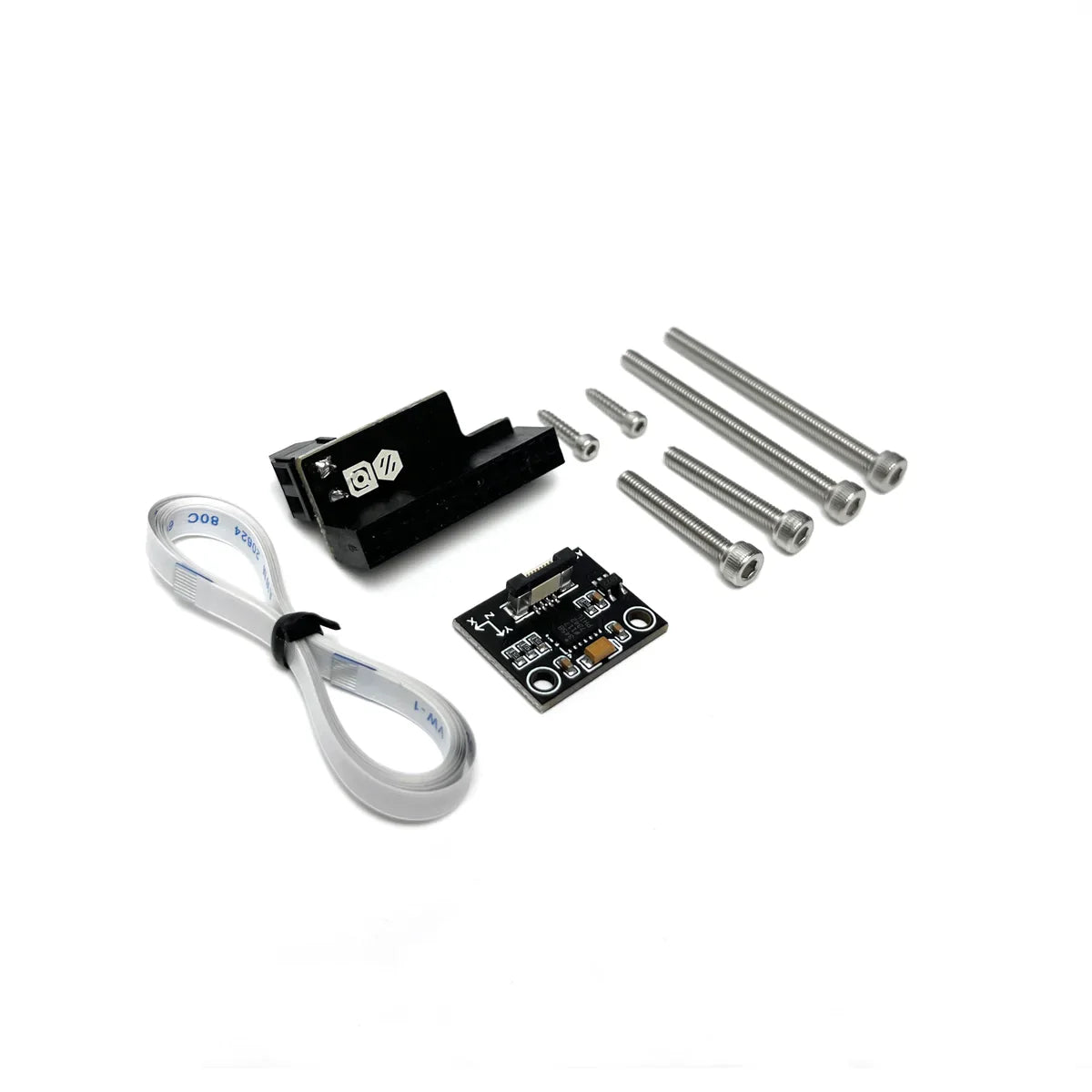3D Printing Input Shaping is a technique used to reduce the vibrations and improve the overall accuracy and quality of 3D printed parts. It is a method used to control the input signals sent to the printer's stepper motors, which are responsible for moving the print head and build platform during the printing process.
The problem with 3D printing is that the motion of the printer is not perfectly smooth and accurate. There are many factors that can cause vibrations and inaccuracies in the printed parts, such as the inertia of the moving parts, the weight of the extruder, and the compliance of the printer's mechanical structure.
Input shaping is a method used to reduce these vibrations and improve the accuracy of the printer. It works by pre-conditioning the input signal sent to the stepper motors, which reduces the impact of the high-frequency vibrations on the printed parts. The technique achieves this by adding a "shaping function" to the input signal, which modifies the signal in a way that reduces the high-frequency components and damps out the vibrations.
Input shaping can be applied to different parts of the printer's control system, such as the extruder, the build platform, or the entire machine. It is commonly used in conjunction with other control techniques, such as feedforward control, feedback control, and Model Predictive Control (MPC) to achieve a better performance.
Input shaping is also often used in conjunction with other motion smoothing techniques such as jerk control or pressure advance to achieve even better performance.
It's important to note that input shaping is not a one-size-fits-all solution, it may require some tuning and optimization for different machines, different print speeds and different prints, it also can cause some small increase in the print time.
Overall, Input shaping is a technique that can be used to reduce vibrations and improve the accuracy and quality of 3D printed parts. It works by pre-conditioning the input signal sent to the stepper motors, which reduces the impact of high-frequency vibrations on the printed parts. It's a powerful method but it requires some tuning and optimization to work properly, and it can be used in conjunction with other control techniques to achieve even better performance.
If you have raspberry pi and a few other Input Shaper (adxl345) and some times you can measure and compensate these vibration and improve quality of your 3D Prints now!

